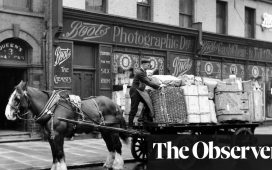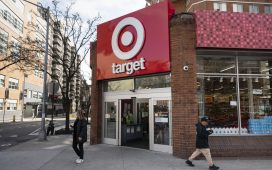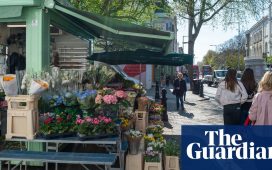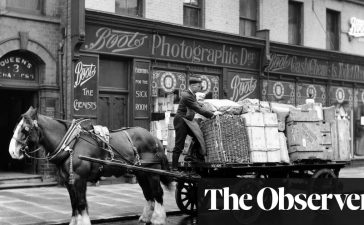Unlock the Editor’s Digest for free
Roula Khalaf, Editor of the FT, selects her favourite stories in this weekly newsletter.
London’s Oxford Street will be pedestrianised under proposals set out on Tuesday by Sadiq Khan, the city’s mayor, as he tries to make the famous thoroughfare “the leading retail destination in the world”.
The central London street “is in need of major regeneration” after suffering from increased competition from online shopping, the closure of major department stores and the lingering effect of the Covid-19 pandemic, the mayor’s office said.
“Oxford Street was once the jewel in the crown of Britain’s retail sector, but there’s no doubt that it has suffered hugely over the past decade,” Khan said. “Urgent action is needed to give the nation’s most famous high street a new lease of life.”
Khan’s years-long effort to pedestrianise the street has faced opposition over the disruption to traffic and public transport, and concern about access for disabled people.
The plan has been given a boost by the election of a Labour government in July. Deputy prime minister Angela Rayner said the redevelopment would “drive growth by creating new jobs, generating economic activity and giving a much-needed boost to London’s night-time economy”.


Khan said he proposed the creation of a new Mayoral Development Corporation for the area with planning powers to drive the overhaul of the street.
Westminster City Council, which is responsible for the street, has opposed previous pedestrianisation plans. Stuart Love, the council’s chief executive, said he only learnt of Khan’s scheme days ago but that the council would “work constructively” with the mayor.
Love said pedestrianisation posed “practical challenges” and that the council was waiting for details on “how long it could take to be delivered and how the concerns of local residents and users of the street will be addressed”.

The Labour-controlled council has already consulted locals on a £90mn plan — partly funded by landlords — to improve the street, including wider pavements but keeping two-way traffic, which Love said was “shovel ready”.
Oxford Street has struggled in comparison with Regent Street, which is largely controlled by the Crown Estate, and has attracted big brands including Apple. The patchwork of landlords along Oxford Street has suffered from high vacancy rates and outbreaks of shoplifting.
The number of vacant storefronts hit 13 per cent on Oxford Street in mid-2022, according to Savills, but has since improved to about 4 per cent as of June this year.
Leading brands such as Debenhams, House of Fraser and Top Shop have disappeared from the street as the wider retail industry was shaken by Covid and the growth of online shopping. A Financial Times investigation in 2022 detailed the proliferation of American sweet shops along the street, often run through a web of subtenants, agents, intermediaries and shell companies.
John Lewis, which is one of the major retailers still on the street — along with Selfridges — backed the mayor’s plans on Tuesday.
Marie Hickey, a director at Savills, said footfall and spending were improving but that “there is more that can be done to strengthen [Oxford Street’s] position on the world stage . . . especially when we compare the street to its competitors”.










